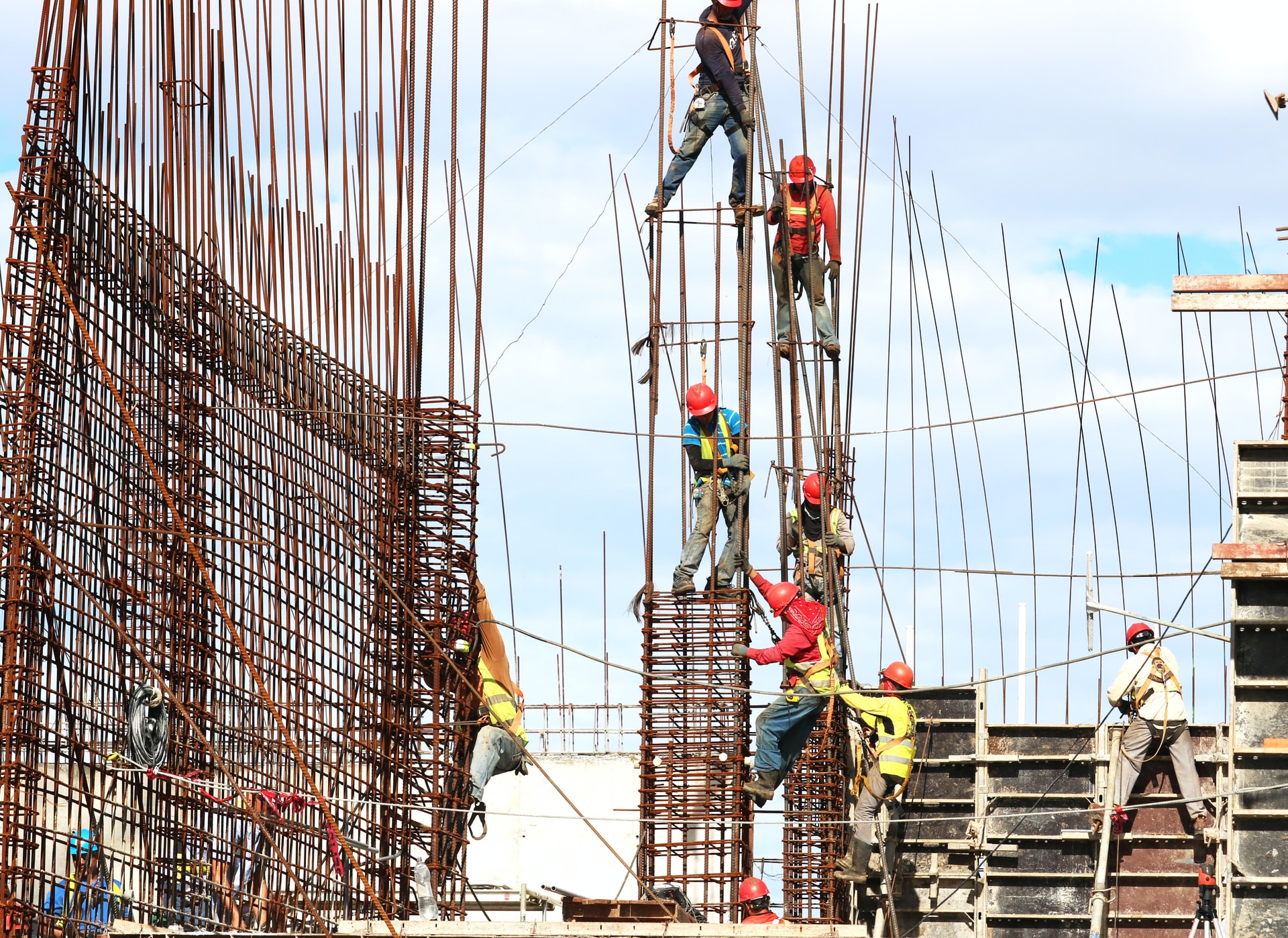Building permits are required to start work on a construction project. They outline rules and regulations that must be followed while work is done at the construction site. But if the contractor or property owner fails to follow these guidelines, a stop work order can be issued.
What Is A Stop Work Order?
A stop work order is a written notice that identifies violations or issues with the job site. Failure to adhere to the stop work order or rectify the problems could lead to steep fines from regulatory authorities and the general contractor, or even worse, incarceration.
There are two types of stop work orders to be mindful of:
Full Stop Work Order
If a full stop work order is issued, the construction site must be shut down. The exception to the rule is the completion of tasks that need to be addressed per the order for it to be lifted.
Partial Stop Work Order
As the name implies, a partial stop work order only shuts down a portion of the job site. Unfortunately, they can also lead to delays. However, some general contractors and property owners leverage partial stop work orders to pause subcontractor involvement if the scope of work has changed.
How Does A Stop Order Work?
Stop orders are legally binding documents issued by your state government, local government or fire department if rules and regulations are being violated on the job site. In some instances, general contractors, site managers, developers and site managers also issue stop work orders.
If a notice is placed on the job site, it will remain intact until the violations are corrected. After that, you’ll have until the expiration date, typically 90 days or more, to take action and resolve any issues. Otherwise, the property owner can request an extension to prevent your company from incurring penalties.
What Does a Stop Work Order Include?
Most stop work orders include the following information:
- A Violation Number
- Issue Date
- Details of Suspended Activities
- Corrections Needed
- Steps To Resolution and Contact Information for Governing Authority
- Termination
- Penalties For Noncompliance
Reasons For Issuing A Stop Work Order
- Payment Issues: Stop work orders can help resolve payment disputes between general contractors, property owners and subcontractors.
- Safety Concerns: There are materials, equipment, explosives, gases or vapors at the job site that are hazardous and could harm the occupants. Safety concerns could also arise from poorly built or deteriorating structures due to maintenance issues or natural causes.
- Production Issues: The quality of work from the subcontractors is subpar.
- Engineering Changes: This includes significant structural changes that require additional approval.
- Legal Noncompliance: Occupancy levels exceed what’s permitted in the building permits, or there are zoning issues.
How To Lift Stop Work Orders
Here you can find some ways to lift them:
Stop Work Immediately
Your company must cease work on the property and make a plan to correct any violations for the stop work order to be lifted. If you have reason to believe the stop work order was issued incorrectly, reach out to your attorney or hire one to work on your company’s behalf.
Correct Violations
The next step is to follow through on the plan to correct any violations specified in the stop work order. It’s important to follow a timeline to prevent even more delays on the project and meet the deadlines included in the notice.
Pay Fees
You’ll also need to pay any applicable fees to the local government accompanying the stop work order. Consult with your attorney (if you have one) or hire a construction attorney. They can serve as a liaison between your company and the compliance office by communicating the steps you’ve taken to rectify the problems and remitting payment for penalties and fees on your behalf.
Inspection
The compliance office will visit the job site once they receive notice that the problems have been resolved and the minimum fees have been paid for the job site to open again. In most instances, it will result in a conditional release of the stop work order, and work can be resumed on the project. Of course, the final release won’t happen until the total penalty has been paid in full, as outlined in the stop work order. But if you’re unable to pay, you risk the stop work order being reissued, and you could incur additional costs.
How To Prevent Stop Work Orders
You can prevent stop work orders on job sites by following the construction codes in the area you’re working in. It’s equally important to properly manage your company’s financial health to avoid cash flow issues, leading to project delays and stop work orders.







